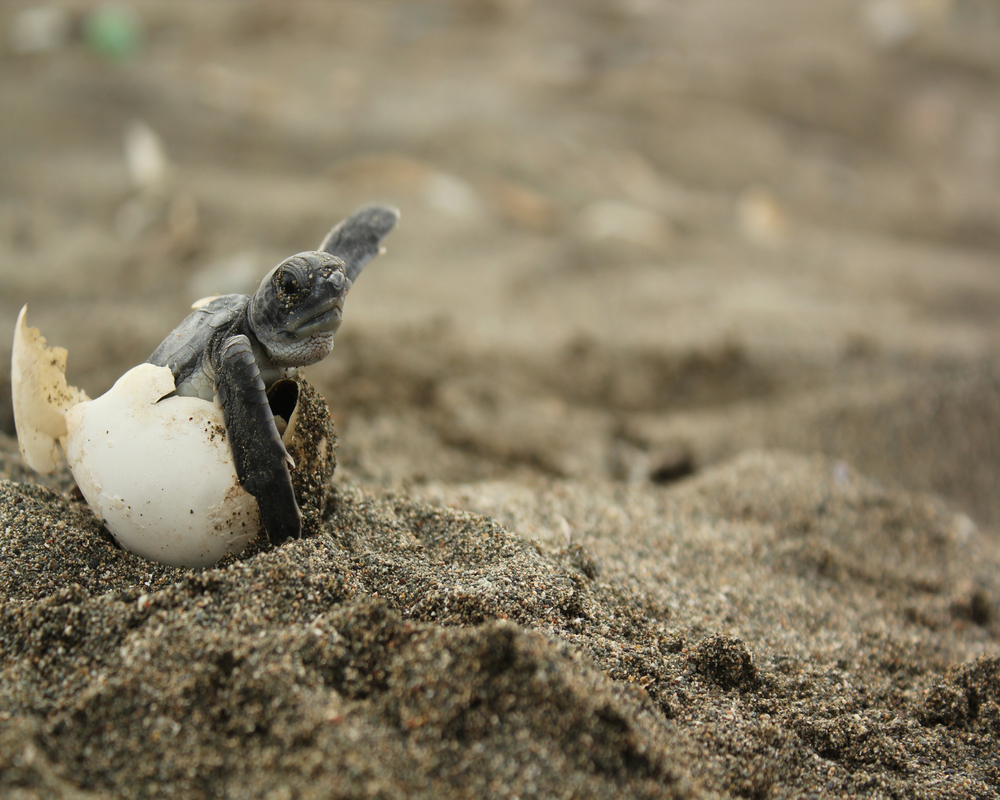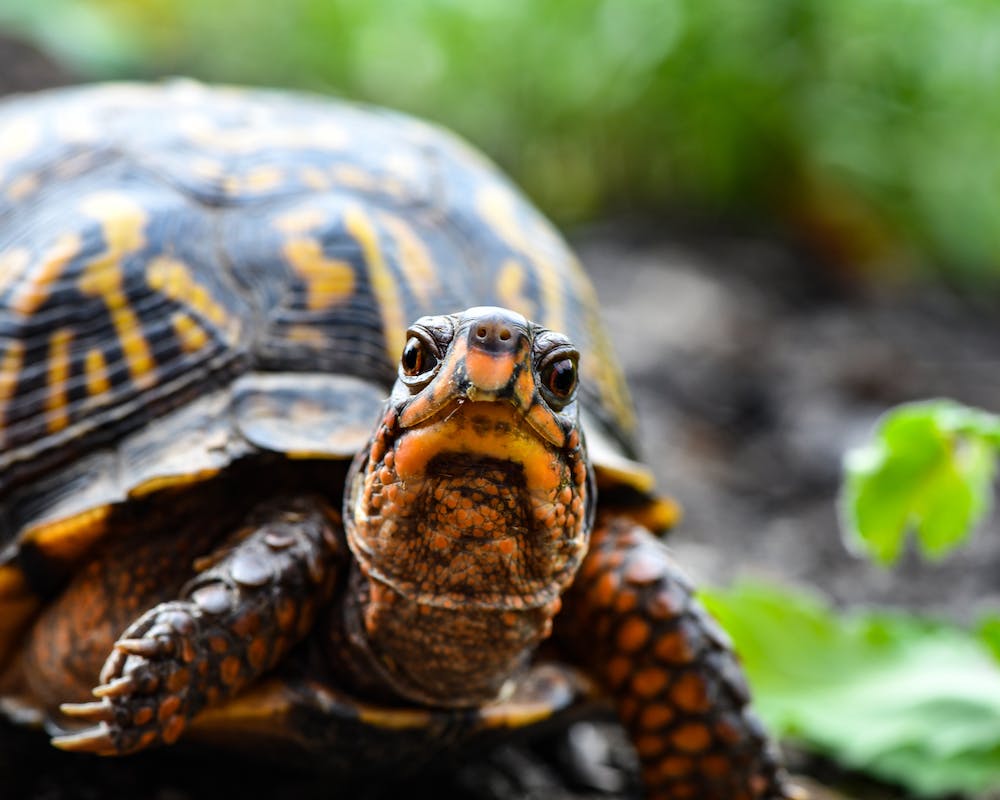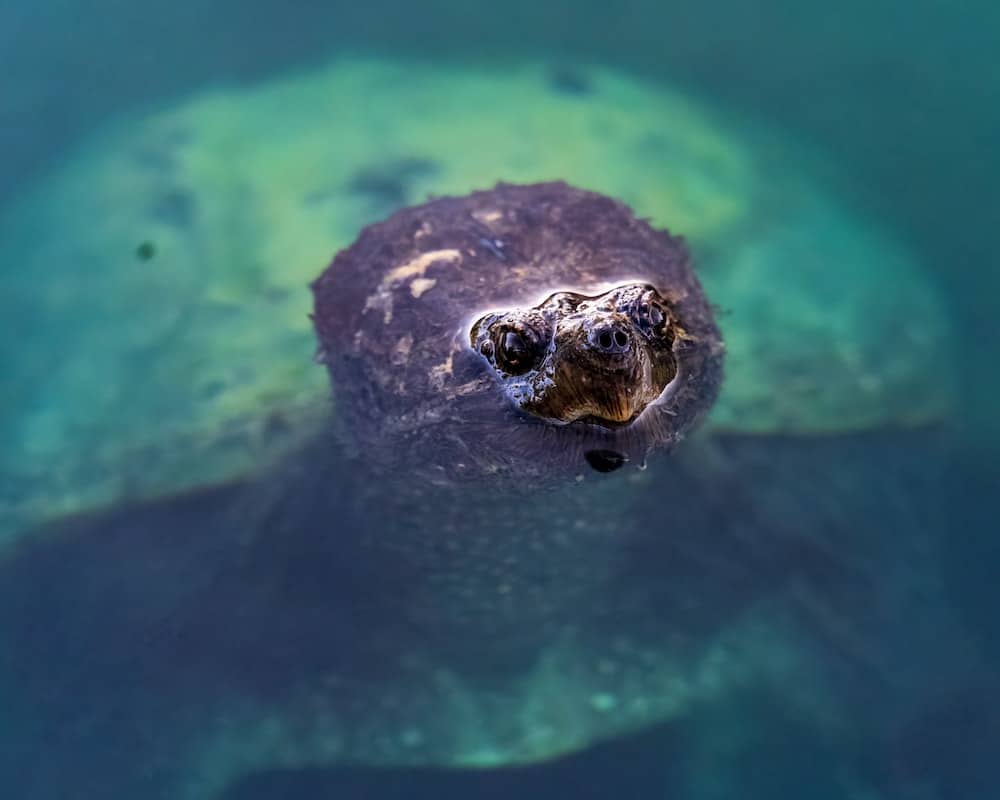Turtles, with their distinctive shells and ancient lineage, have captivated our curiosity for centuries. These fascinating creatures are known for their remarkable reproductive abilities, with females typically laying eggs to ensure the continuation of their species. However, when it comes to male turtles, the situation is quite different. So, can male turtles lay eggs?
In the realm of turtle reproduction, it is a well-established fact that males do not lay eggs. This article delves into the intriguing topic of turtle reproduction, exploring the reasons behind this gender-based distinction and shedding light on the remarkable diversity of life in the animal kingdom.
Join us as we unravel the mysteries of these extraordinary creatures and learn more about the remarkable world of turtle reproduction.
The Egg-Laying Abilities Of Female Turtles
Female turtles possess the remarkable ability to lay eggs, a crucial step in the reproductive process.
This process, known as oviposition, involves the production, development, and subsequent laying of fertilized eggs.
Ovaries And Egg Production
Female turtles have specialized reproductive organs called ovaries. These organs produce eggs through a process known as ovogenesis.
Within the ovaries, immature eggs, also called ova or oocytes, undergo maturation. As they mature, these eggs are gradually released for potential fertilization.
Nesting Behavior
Once the eggs are ready to be laid, female turtles exhibit nesting behavior. They actively search for suitable nesting sites, which can vary depending on the species. These sites are carefully chosen to provide the necessary conditions for the development and survival of the embryos.
Nest Preparation
Female turtles meticulously prepare the nest to ensure the optimal environment for the eggs. They use their hind limbs to dig a hole in the ground, creating a cavity where the eggs will be deposited.
This process may involve removing debris, digging to an appropriate depth, and creating a chamber that protects the eggs.
Egg Deposition
After preparing the nest, female turtles lay fertilized eggs. They position themselves over the nest cavity and expel the eggs one by one into the hole.
The number of eggs laid can vary greatly depending on the turtle species ranging from just a few to several dozen.
Nest Covering And Incubation
Once the eggs are laid, female turtles carefully cover the nest by filling the hole with soil or sand, concealing the eggs from potential predators and providing insulation.
After covering the nest, the eggs enter a period of incubation during which the embryos develop and grow within their protective shells.
Male Turtles: Their Role In Reproduction
While male turtles do not possess the ability to lay eggs, they play a vital role in the reproductive process.
Their primary function is to fertilize the eggs produced by female turtles, ensuring the continuation of the species.
Courtship And Mating Behavior
Male turtles engage in courtship behaviors to attract and mate with females. These behaviors vary among species but often involve visual displays, physical interactions, and vocalizations.
Courtship rituals help establish the compatibility and readiness of both male and female turtles for mating.
Sperm Production
Male turtles have specialized reproductive organs, including testes, responsible for the production of sperm. The testes produce and store sperm cells, which are needed for fertilizing the eggs.
The size and structure of the testes can vary among species and are influenced by factors such as mating strategies and sperm competition.
Copulation
During copulation, male turtles transfer their sperm to the female’s reproductive tract. The male uses his specialized reproductive organ, known as the phallus, to facilitate this process.
The phallus is usually retracted within the male’s body and is extended during mating to deliver the sperm.
Fertilization
Once the male transfers sperm to the female, fertilization occurs. The sperm cells travel through the female’s reproductive tract, eventually reaching the eggs. The sperm fertilizes the eggs leading to the formation of embryos.
Genetic Diversity
Male turtles contribute to genetic diversity within a population by introducing their unique genetic material through sperm.
This diversity is important for the long-term survival and adaptation of the species to changing environments.
Turtle Reproduction
The world of turtle reproduction is filled with intriguing mysteries and captivating scientific discoveries. Researchers and enthusiasts have dedicated their efforts to unraveling the secrets of these ancient creatures’ reproductive strategies.
Here are some key aspects that contribute to the ongoing fascination surrounding turtle reproduction:
Longevity And Reproductive Life Cycles
Turtles are renowned for their long lifespans, and understanding their reproductive life cycles is a crucial part of unraveling their mysteries.
Some turtle species exhibit delayed sexual maturity, taking several years or even decades before they can reproduce.
Studying the factors that influence reproductive timing provides valuable insights into the complexities of their reproductive strategies.
Nesting Behaviors And Orientation
The precise nesting behaviors and navigation abilities of female turtles have captivated researchers. These remarkable creatures possess an innate ability to return to their natal beaches or preferred nesting sites, sometimes traversing vast distances.
Unraveling the mechanisms behind this navigation, including the use of Earth’s magnetic fields or other cues, continues to be an exciting area of study.
Nest Site Selection And Environmental Influences
Female turtles display a fascinating ability to select optimal nesting sites for their eggs. Factors such as temperature, moisture levels, and soil composition can greatly influence the success of embryo development.
Researchers study how turtles assess and adapt to their environment when choosing nesting sites, shedding light on their remarkable adaptability and response to environmental changes.
Parental Care And Offspring Survival
While most turtle species exhibit limited parental care, some display interesting behaviors that contribute to offspring survival. For example, some female turtles may remain near the nest, providing some level of protection against predators.
Understanding the factors that influence parental care and its impact on offspring survival aids in conservation efforts and understanding the dynamics of turtle populations.
Threats And Conservation Challenges
Studying turtle reproduction also sheds light on the challenges these creatures face in their natural habitats. From habitat loss and pollution to climate change and predation, turtles encounter numerous threats that can impact their reproductive success.
Understanding the reproductive biology of turtles helps identify strategies for conservation and management to protect these magnificent creatures. Here is a video that provides a visual representation of the mating cycle of sea turtles to help you better understand the process.
How Can You Tell If A Turtle Is Male Or Female?
Determining the sex of a turtle can be challenging, as external differences between males and females are not always obvious, especially in juvenile turtles. However, there are several methods commonly used by researchers and experts to identify the sex of turtles:
Size And Shape
In some turtle species, adult males tend to be smaller and have a more streamlined shell compared to females.
However, this method is not foolproof, as size and shape can vary greatly among species and individuals.
Tail Length And Shape
In certain turtle species, males may have longer and thicker tails compared to females. Additionally, the shape of the cloaca, the opening at the base of the tail, can differ between males and females.
Males often have a slightly concave or slit-shaped cloaca, while females have a more rounded or straight cloaca. However, this method is not applicable to all turtle species.
Claws And Forelimb Length
Some male turtles may have longer and thicker claws on their front feet compared to females. Additionally, males may possess longer forelimbs or exhibit more pronounced curvature in the forelimb claws.
Again this method is species-specific and may not apply universally.
Behavior And Secondary Sexual Characteristics
During the breeding season, male turtles may display specific behaviors and secondary sexual characteristics. This can include vocalizations, territorial displays, or courtship behaviors aimed at attracting females.
Observing these behaviors can provide clues about the sex of a turtle, but it is not a definitive method.
Internal Examination
To accurately determine the sex of a turtle, internal examination is necessary. This method requires the expertise of a veterinarian or a trained professional.
It involves gentle probing of the cloaca to identify the presence of male reproductive organs, such as hemipenes or testes.
What If A Male Turtle Does Lay Eggs?
Male turtles laying eggs is an uncommon and unnatural phenomenon. The reproductive anatomy and hormonal balance of male turtles are not adapted for egg production.
If a male turtle does lay eggs, it suggests hormonal imbalances, developmental abnormalities, or health issues.
These abnormal occurrences may result in less viable eggs with reduced chances of hatching or producing healthy offspring. Male turtles experiencing such egg-laying behavior may also encounter health complications, such as cloaca or reproductive organ prolapse, which require veterinary attention.
It is crucial to closely monitor the health and behavior of pet turtles to identify any signs of abnormal egg-laying or related problems.
Conclusion
In conclusion, male turtles do not naturally lay eggs, and any instances of male egg-laying are abnormal and often indicative of underlying health issues.
Understanding the natural reproductive roles of male and female turtles helps us appreciate the intricate balance of nature and highlights the importance of proper veterinary care for these remarkable creatures.




